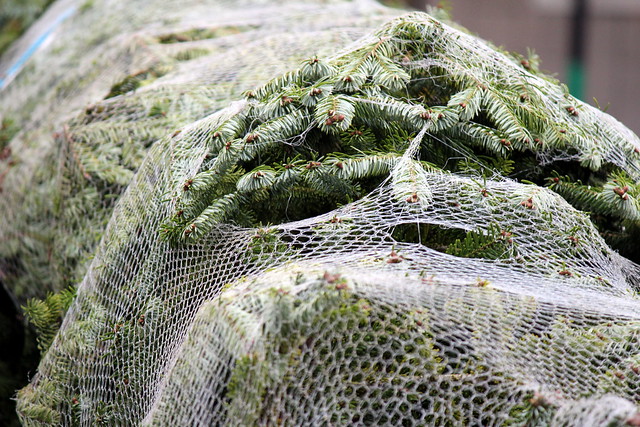Are Real Christmas Trees as Detrimental to the Environment as We Think?

It’s almost that time of year again- cue the mince pies, tinsel, personalised gifts, chirpy carolling, and most importantly, the endless string of decorated Christmas trees.
But at what a cost? In an age where we have the appropriate knowledge and technology to investigate the real impact of nationwide gorging and extravagance, shouldn’t we care about what the festive season does to our environment?
Hundreds of thousands of Christmas trees are cut down each year, each to fulfil their destinies of being draped in tinsel, adorned with the angel or star of your choice, and housing the piles of gifts kids each year. Many opt for an artificial festive symbol instead, all with the misconception that Christmas trees are leading to deforestation and further negative environmental impacts. In actual fact, Gary Chastegner, professor of plant pathology at Washington State University has stated that "most Christmas trees are grown as crop and replanted, so it is really no different than harvesting corn". Chastagner goes on to explain that a natural reseeding takes place in forests, and permits are distributed in areas where the trees need to be thinned.
The National Christmas Tree Association have stressed that using real pine and fir trees is actually a more green thing to do than purchasing an artificial Christmas tree for your living room. According to research, most fake Christmas trees are only used for 6-9 years and then disposed of. Keeping the plastic tree for longer than this period would eventually be thrown away into a landfill. These trees, unlike real trees, are not recyclable or biodegradable. In addition to this, in 2010, The New York Times reported that fake trees usually contain a harmful chemical called polyvinyl chloride or PVC. Essentially, just manufacturing these trees can be harmful to the environment.
Recent years have introduced the most ethical choice of all. You can now ‘rent’ your Christmas tree for the festive period. This means that you can choose the Christmas tree of your choice, which comes with its own sustainable root system. This tree is delivered to your door (which saves you time and money on travelling to purchase the tree yourself), and then picked up at a date which suits you, early in the New Year. The tree is then returned to the soil, and grown on for the new year.
If you really are trying to limit your carbon footprint this Christmas, don’t let your efforts stop at your choice of tree. Make sure you opt for LED fairy lights for example. These new style lights help save energy and money. What is more, their relatively cool heat will make your tree less of a fire hazard too.
This may sound like stating the obvious, but don’t forget to recycle after you’re done with celebrating for the year. Figures suggest that a mere 10% of Christmas trees are recycled for wood chipping and compost each year in the UK. In our capital alone, almost 1 million trees are just thrown away each January.



0 Comments
Recommended Comments
There are no comments to display.